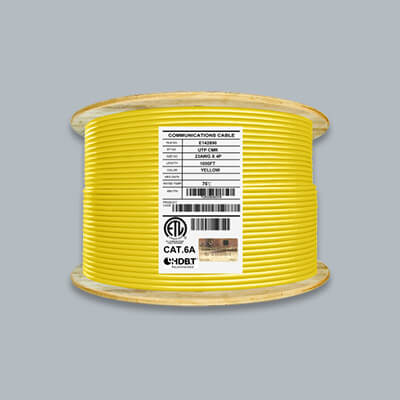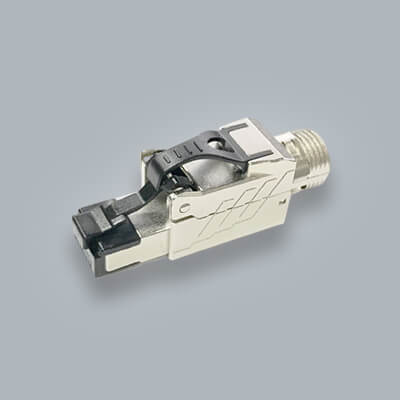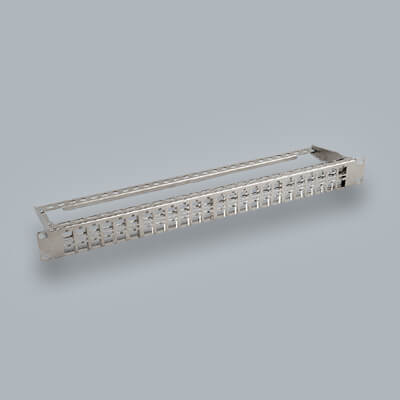Electrical Characteristics of Insulation Materials

Insulation in ethernet cables is a vital component in its overall performance. Insulation in cable is used to isolate the flow of current by preventing direct contact between their conductors and a conductor and its environment. There are many different kinds of insulation materials used to make all sorts of different kinds of cables. With this post however we will focus on ethernet cables. One of the ways to determine the type of insulation is its electrical characteristics. In this article we will go over the electrical characteristics of insulation materials in ethernet cable.
Different Kinds of Electrical Characteristics
Dielectric Constant
Dielectric constant is the ratio of the capacitance of an insulated conductor to the capacitance of the same conductor uninsulated in the air. Air being the reference with a dielectric constant of 1.0. For optimal performance It is ideal to have a low dielectric constant. this variable will change depending on temperature, frequencies among others.
Dielectric Strength
This measures the maximum voltage that an insulation can withstand with it breaking down. To measure this the insulation goes through tests which the voltage is increase at a controlled rated until the insulation fails. You then take that number when it fails and divide it by the thickness of the insulation to get the dielectric strength. In this case a larger number is better. You can expect to find a dielectric strength of telecommunication applications between 7500 and 30,000 volts (V) per millimeter.
Dissipation Factor
Dissipation factor is the loss in insulation due to molecular excitement and subsequent kinetic and thermal energy losses. Yea, What does that mean?
A molecule exists in many different states and one them is in a ground state. If a molecule is excited it means that it is in another state than the ground state. Some of the causes for this can be higher frequencies. Thus why this is an important concern for higher frequency applications. As frequencies increase signal loss occurs because of the structure of the insulation material. More more in depth on this you can check out here on the difference of dissipation factor in certain insulation materials. In short FEP insulation has shown to be the best material at maintaining lower dissipation factors. You can find this material in majority of plenum rated cables. These number will be affected by temperature. The lower the number here the better.
Insulation Resistance (IR)
IR is the capacity to withstand the flow of current through it. It's important to know here that there is an inverse relationship between IR and cable length. The longer the cable is ran the smaller the cables resistance becomes. This is in part why it is beneficial to keep your channel length at the minimum it can be to work. The majority of ethernet cable can work its spec up to 100 meters in length. Any more than that and it will be an issue.
Conclusion
With all the different characteristics to ethernet cable its important to understand its electrical performance. Each cable has different electrical characteristics of insulation materials. Some insulation materials are better performing in different areas. Knowing the jacket ratings help in ensuring that your cables is properly rated for its specific area and knowing its insulation can help you understand electrical performance in certain environments and temperatures.





